Q&A [Question and Artist]: Karima Cammell
Meet Karima Cammell. We are thrilled to showcase Karima’s work in the 2024 Made in California Exhibition as the Solo Show Winner! Karima was gracious enough to answer a few questions about her multi-layered show and the techniques, processes, and thoughts behind her work.

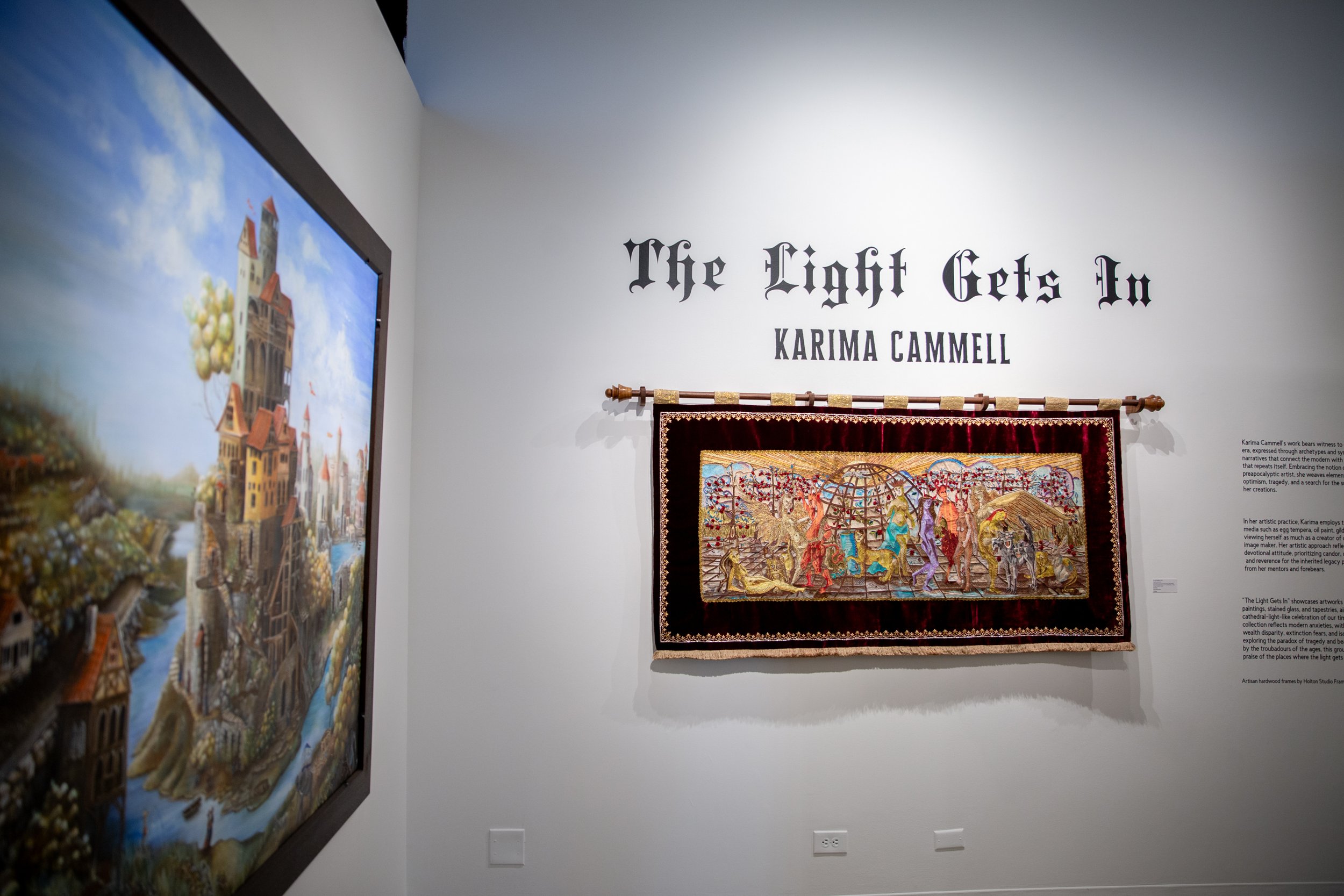
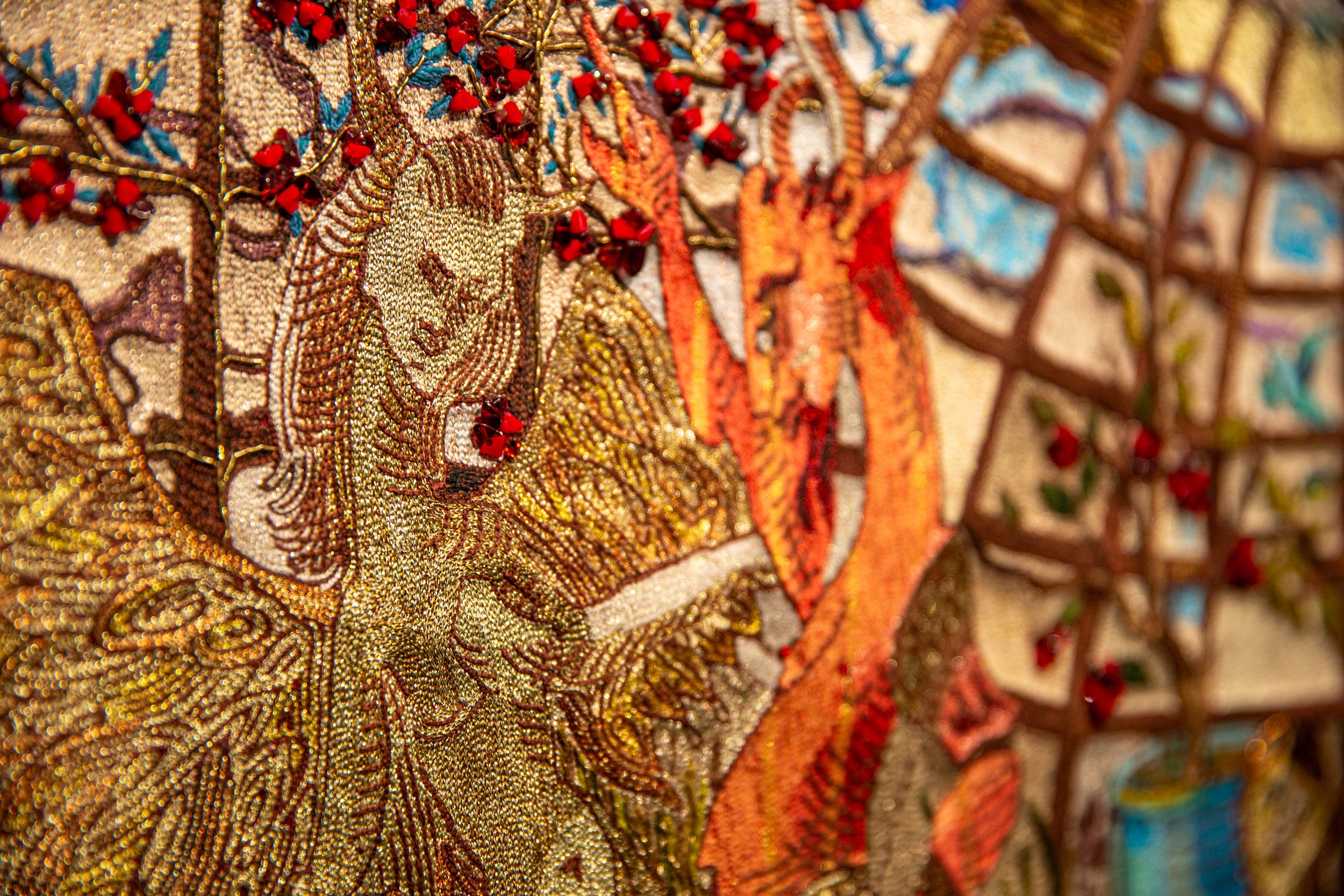
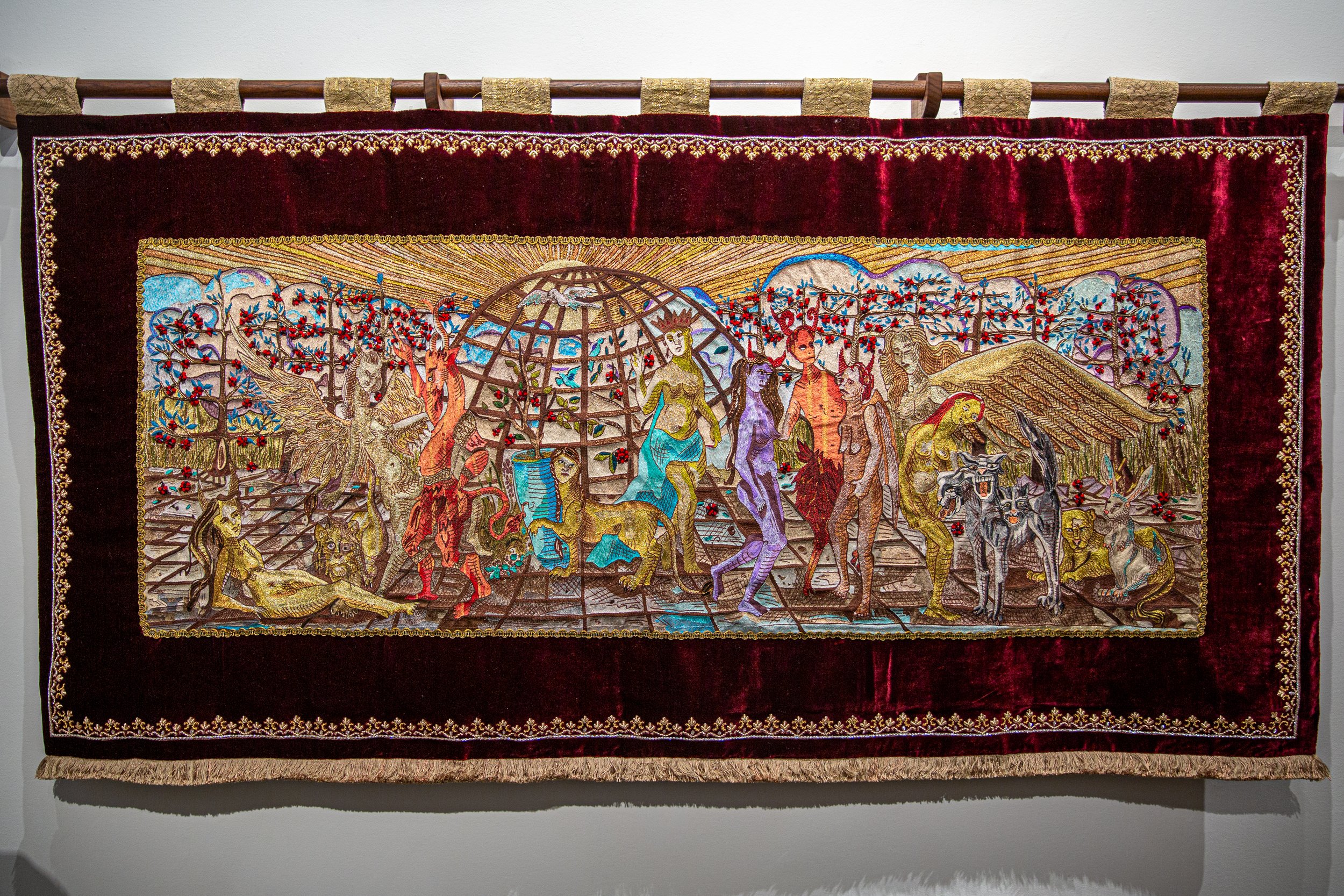
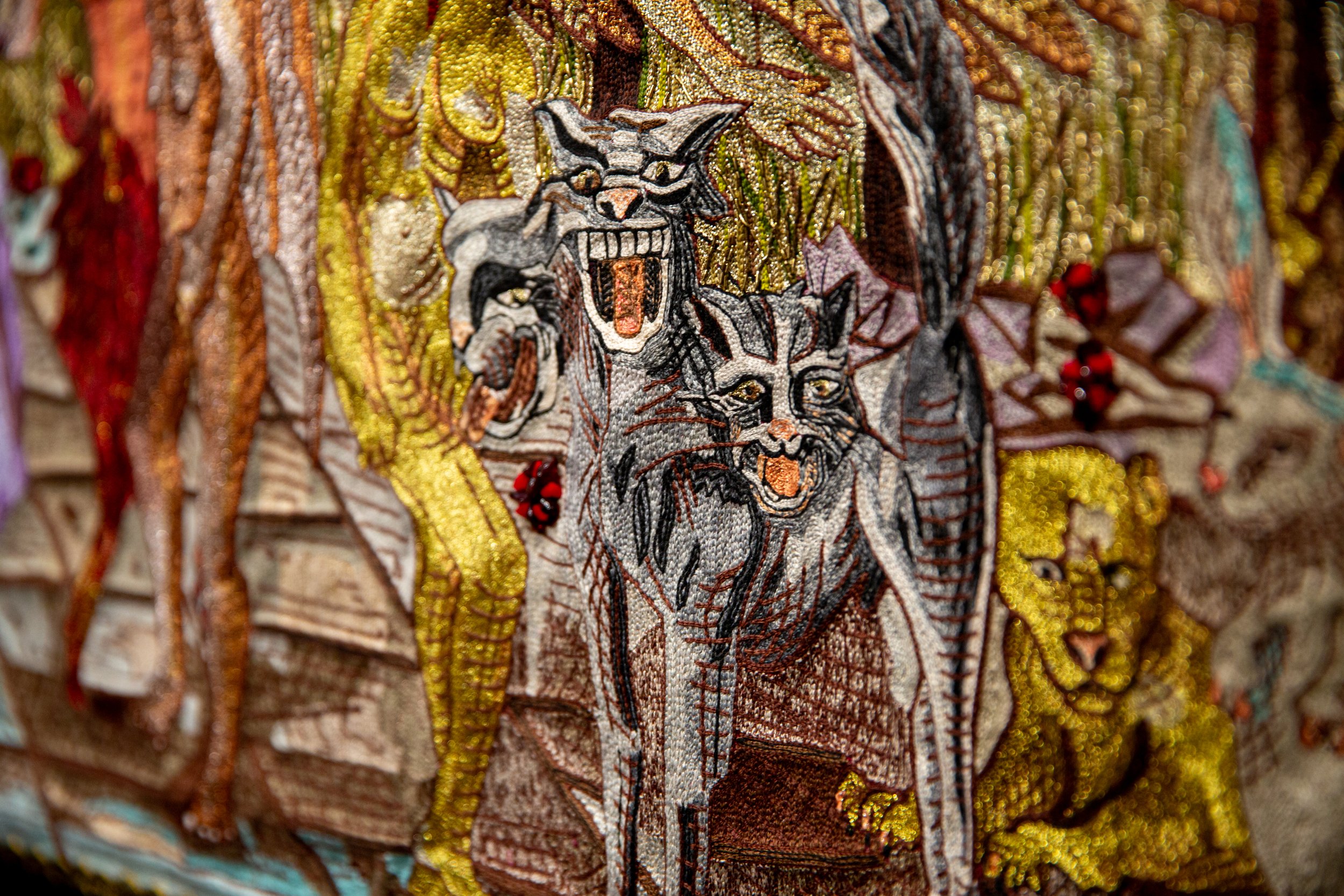

[Brea Gallery]: Can you please introduce yourself and share with us who you are as an artist?
[Karima]: My inner critter is a bit of a monster. By accidents of both nature and nurture, I’m a chimera with many pieces smashed together to make a whole. I think it’s a very common Californian identity - to feel very unique and made of lots of disparate stories. I would say that my work reflects that inner patchwork. I use a wide range of traditional media, storytelling traditions, and archetypes to try to tease out the narrative and make sense of our times and my own place astride the chaos.
[Brea Gallery]: You use a variety of mediums in your pieces including stained glass, textile, and egg tempera paints. How do you decide which medium to use for each piece? Do you have a favorite? Can you discuss the importance of using historical techniques and mediums such as egg tempera paint and gilding in your work?
[Karima]: I love that traditional media are our common inheritance. We’ve been rubbing charcoal and earth on walls for at least 50,000 years. So much of my practice is the same as it has ever been for artists; grinding dirt into a binder to make paint, creating something from nothing. Whether it’s cooking up glue, gilding plaster, kiln firing glass and ceramics, I enjoy the alchemy. I like feeling tied to that long line that stretches around the globe and way back into prehistory. Of course, I use modern convenience materials quite often in my practice, but I am always mindful of how they fit into the tradition. What better way to bear witness to the present than to connect it to what has come before and hopefully to what is yet to come?
A friend of mine, speaking about Korean pottery, remarked “form follows material.” And that phrase has hung with me. In my own work, narrative follows material. The material is essential to convey the idea. For example, the stained glass piece, “Full Spectrum,” is a simple composition. The complex idea of evolving and the glory of embracing change are told through the shifting light shining through the glass. I think this piece is quite strong, but I cheated by having the sun do most of the work for me.
Do I have a favorite medium? I think it’s funny that I self-identify as an egg tempera painter despite most of my work being in other media. The slowness of egg tempera means that I spend a good majority of my time working on those pieces, but more than that, it is a way of constructing paintings that informs all of my work. Working in egg tempera has taught me how to build my pictures as objects, from the ground layer up. It is a practice of slow world-building, full of intention and meditation.
[Brea Gallery]: What has been the response to your work?
[Karima]: Aside from speechlessness and hands moving to hearts, I think the best response I’ve heard about my work is “THAT is some cathedral shit!”
Video courtesy of Flipbird Films with music by Raphaella Hero
[Brea Gallery]: Your personal motto is “believe in the fantasy, and make it real.” How did that come about? How does this phrase impact your life and art making?
[Karima]: The essence of the motto is “no fear.” Have faith and make it happen. I was in my early twenties and in the midst of a nervous breakdown when I adopted this motto. I had just had a second miscarriage and was unhinged by grief and postpartum hormones. The motto came to me in a pure moment of insanity when I had the simple realization that creation is the manifestation of dreams. I would say that the hallmark of all my work since, including the subject of my books, teaching, and art, has been a celebration of creation, championing creative courage and perseverance.
[Brea Gallery]: You describe yourself as a “preapocalyptic artist,” what do you mean by that?
[Karima]: I came up with the term at a cocktail party while trying to answer the question of what kind of art I make. After fumbling through "traditional," "stained glass," "egg tempera (not tempura like the food)," and generally making a hash out of describing my obsessive workaholism, I realized that all of my efforts embrace the power of creation and a core belief that anything is possible.
I use the term “preapocalyptic” to frame my work with optimism. We are still in the before times. While destiny may be written, it hasn’t arrived and there is still a chance we can write (or paint) our own ending.
[Brea Gallery]: Who are some of your favorite artists right now? Where do you go to find inspiration?
[Karima]: Hugh Locke is probably my favorite artist. I admire his scale, his deep understanding of beauty and play, and the way his work pounces and goes for the jugular. He draws from deep personal experience and connects with mythic, iconic narratives. From this starry-eyed vantage, he seems to be creative courage personified. I’m a huge fan of the processional as a device and his show at the Tate Britain absolutely floored me.
Regarding inspiration: I’m one of those old-fashioned artists who has a muse. Someone who believes in me and wastes time bantering about what is important and what needs examining. I recently wrote a piece about the Gift of the Muse which is up on my website for anyone who is interested.
[Brea Gallery]: One of your works in this show is titled, “Midjourney: Back to Earth” - a nod to the artificial intelligence program of the same name. Can you tell us how these programs have influenced your artistic process?
[Karima]: It’s true that I’ve been an early adopter of AI art bots and have invited them into my practice since the first beta versions arrived on the scene. My own ideas and images come to me in the same way as a Midjourney picture - whole visions that pop up fully formed from my inner stew of experience and inspiration. Right from the start, I’ve been interested in exploring how my process is different from a bot.
I’ve done many experiments where I’ve become the hands for Midjourney - painting images it’s generated. At some point, my inner artist rebels and fixes the composition. I like finding that line - the line where my humanity rebels against the machine, and discovers the limit of the tool. There is much to discover about what is unique to humanity by seeing where the bots lie and fail. As a truth seeker, AI is an exciting puzzle.
Art makes us human and is what separates us from wild nature. That was the thesis behind my book “The Troll Cookbook,” and I believe it to the core. Now we’ve created machines that aim do the work of being human for us. What kind of evolutionary pressure is that putting on us? How will we evolve?
Meanwhile, the way they spit out images of our collective subconscious - including all the biases and flaws - is incredible. Practically, the bots are a lot like reading anthologies of myth and folklore - something I also spend a lot of time doing. You can learn a lot from studying the themes pulled randomly from these deep wells of collective storytelling.
I recently made a music video for a deeply soulful song, “Say Something” by my daughter Raphaella Hero. The video features a drawing that I spent hundreds of hours working on. Creating the picture was a real investigation, meditation, and prayer. It incorporates bits of images generated from conversations using chatbots and Midjourney but interpreted in my own hand. For the video, I tossed in a few entirely AI-generated pictures which inarguably weakened the aesthetic of the whole video.
Nonetheless, I refused to remove them because the juxtaposition is clutch. How can we as artists know what we guard if we don’t examine it under bright light?
[Brea Gallery]: Do you have advice for newer artists beginning their careers?
[Karima]: Read The Gift by Lewis Hyde and examine why you create.
Always acknowledge your teachers (wherever met), and the gifts they’ve given you.
Never lose sight of the gifts you are giving.
Ours is to create and not worry about how it’s received.
[Brea Gallery]: Where can people find you to follow your journey? What is next for you and your artwork?
[Karima]: You can follow me on Instagram @1castleintheair but speaking of bots and evolutionary pressure, I will mention that I’ve been shadow banned in the past and am not a fan of algorithmic censorship. (Painted topless self-portraits are apparently outside of community guidelines - unless you are the Louvre, Jerry Saltz, or some other too big to fail influencer.)
I’d say the best place to follow me is to visit my website - cammellot.com - and join my email list. I get to play by my rules in my own kingdom.
As for what’s next? I’m currently working on a show about Mad Women. I don’t have a gallery, so I can’t say where or when, but I’m hoping it will be like everything else so far — it begins with creation and the rest follows.
We are open Wednesday - Sunday
12pm-5pm
General Admission $3
Karima’s Solo Show The Light Gets in and Made in California 2024
are on display now through June 23rd, 2024.

![Q&A [Question and Artist]: Karima Cammell](https://images.squarespace-cdn.com/content/v1/58bb213420099e5b48771d3b/1715208162674-4TBO9UNAPT8MN721O6DH/BLOG+MICA+2024+thumbnails+%281%29.png)
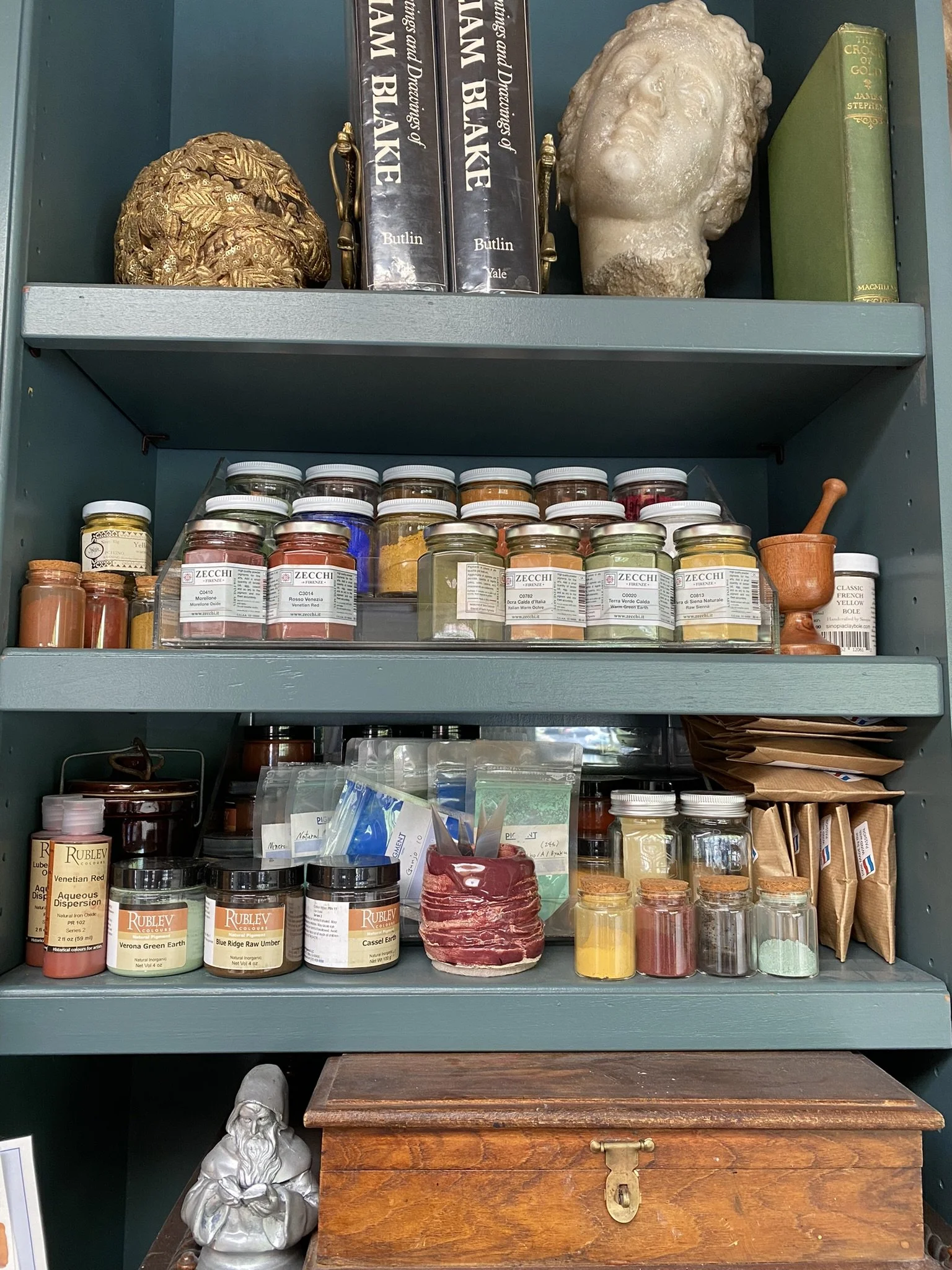







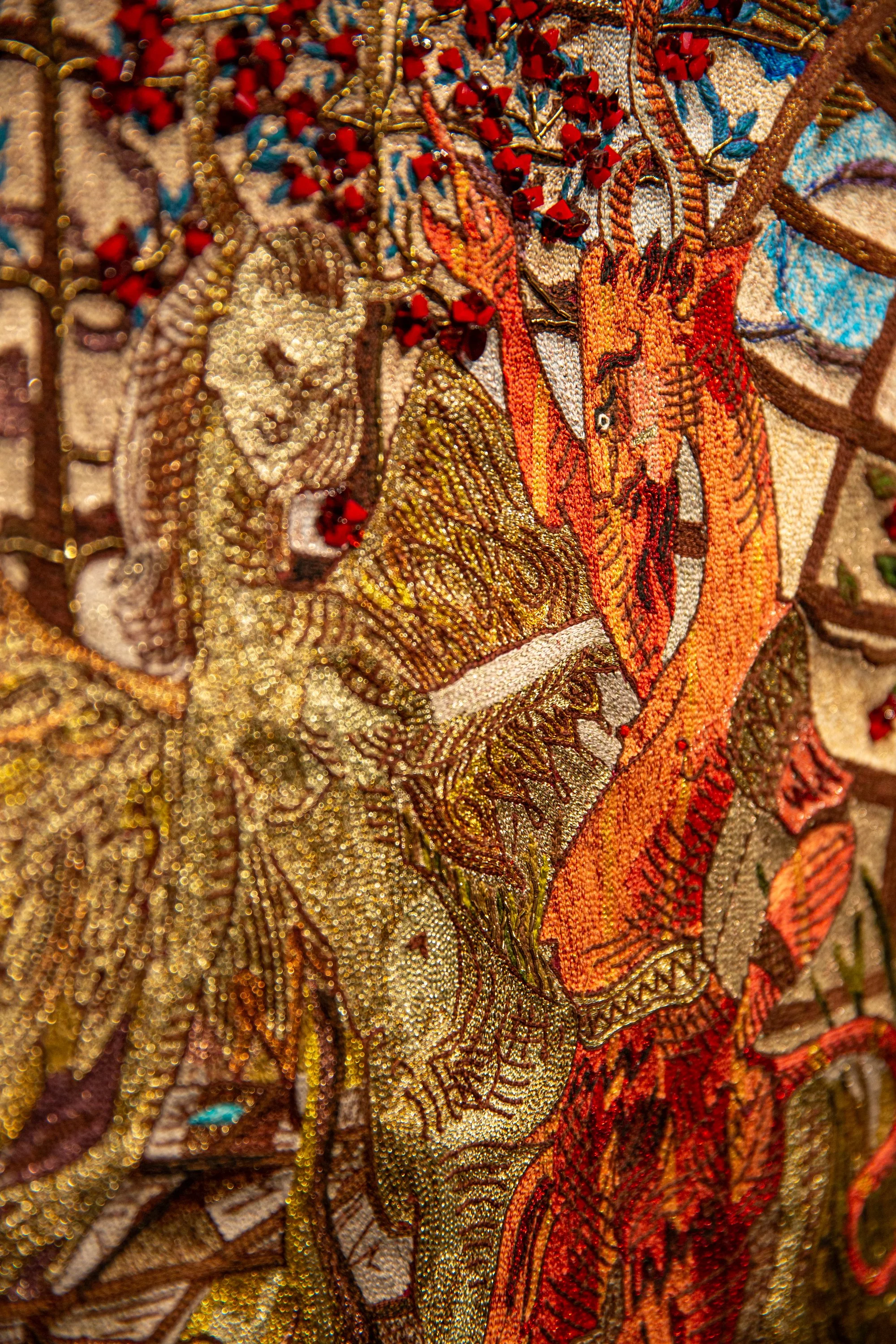
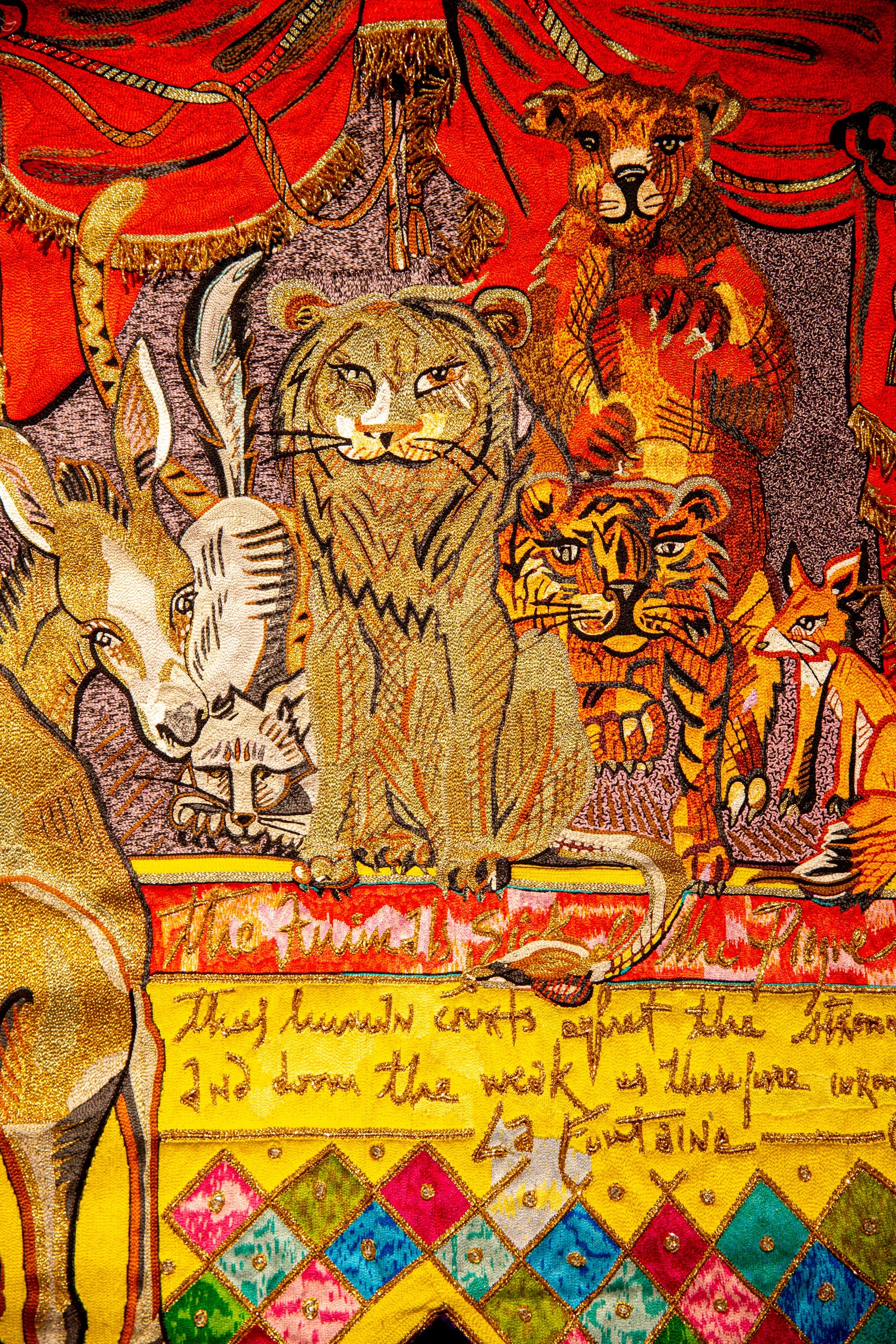
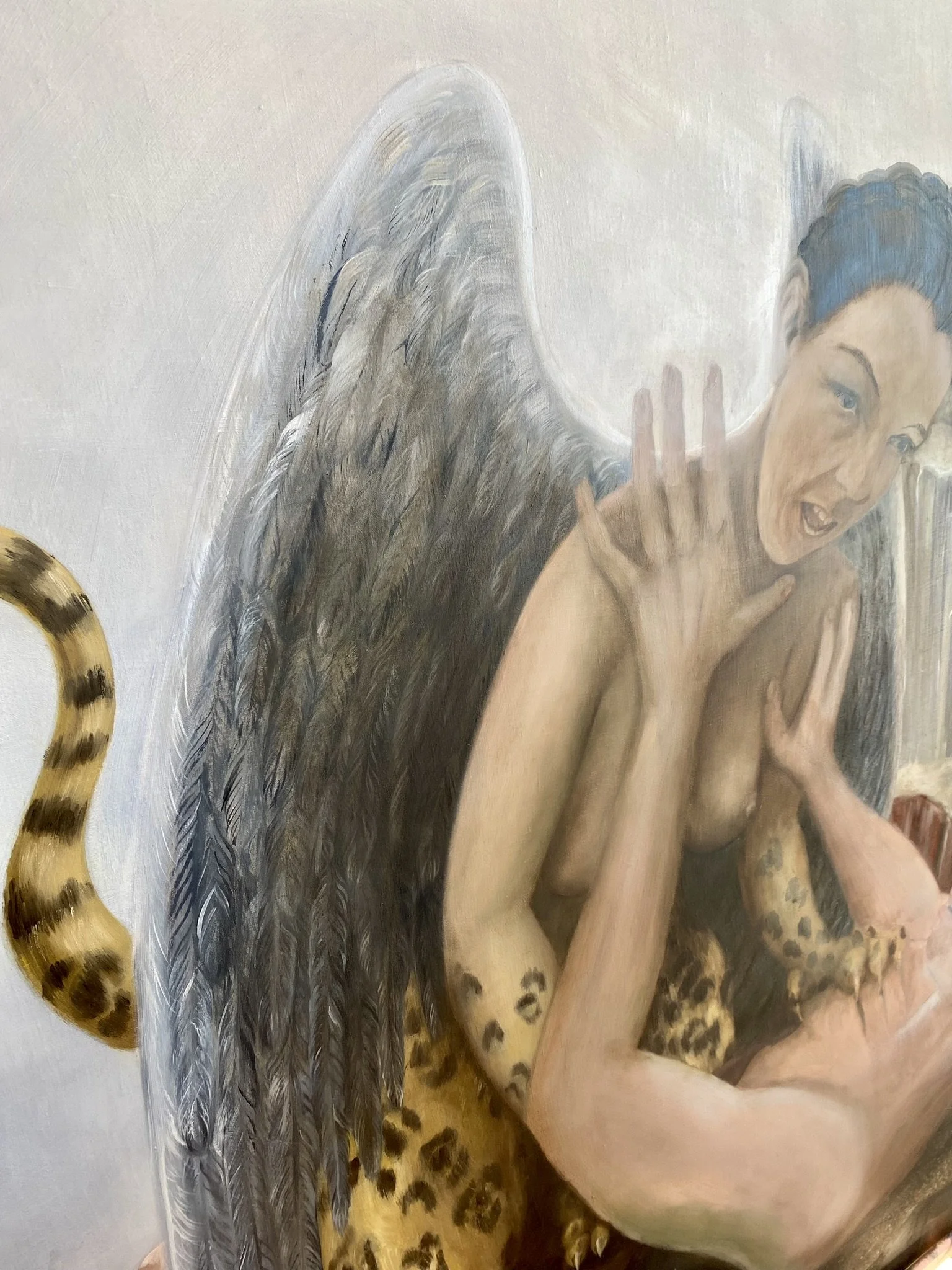
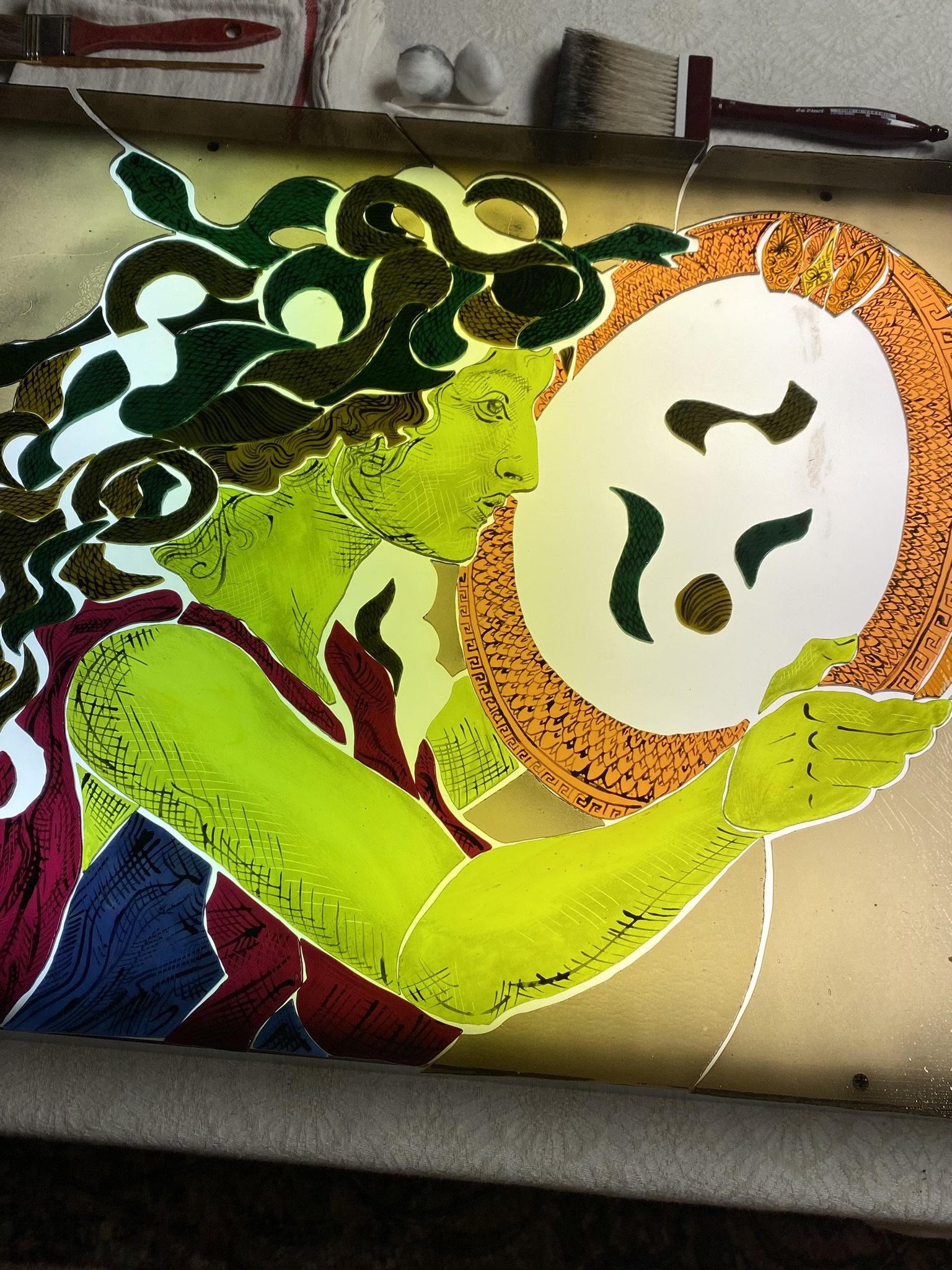
![Q&A [Question and Artist]: Gabe Medina](https://images.squarespace-cdn.com/content/v1/58bb213420099e5b48771d3b/1715810357009-58EG4QT5KESZC7HAE5P9/BLOG+MICA+2024+thumbnails+%282%29.png)
